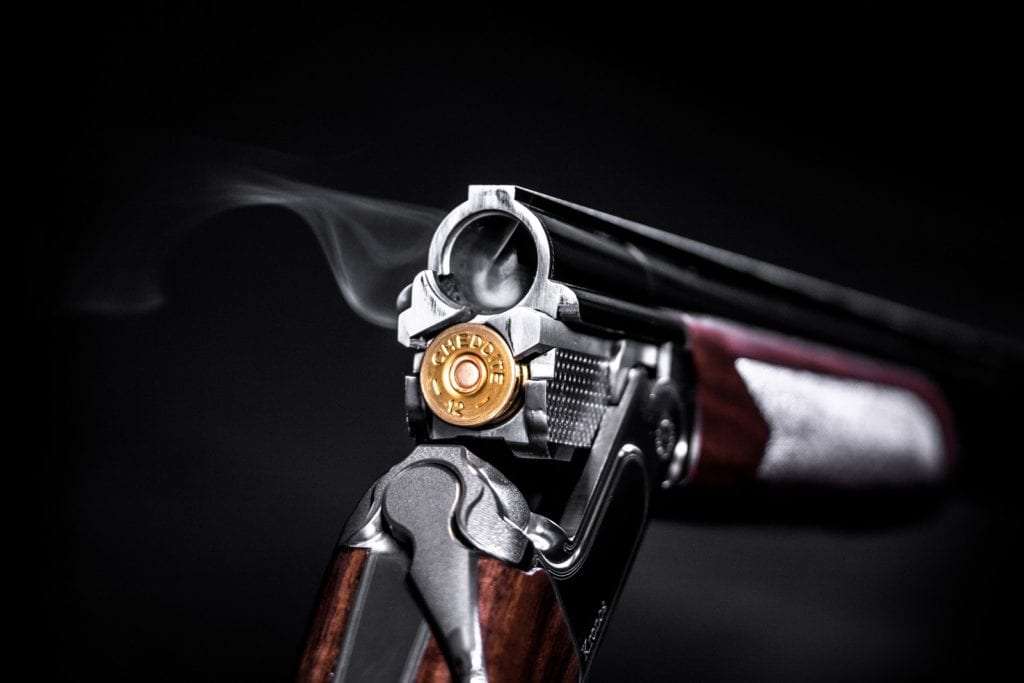
If you just started exploring the world of guns, then you came to the right place! Whether you’re collecting guns as a hobby or for an investment, this guide has everything you need to know about guns – from how they work to how to handle them safely, and more!
How to Safely Collect Guns
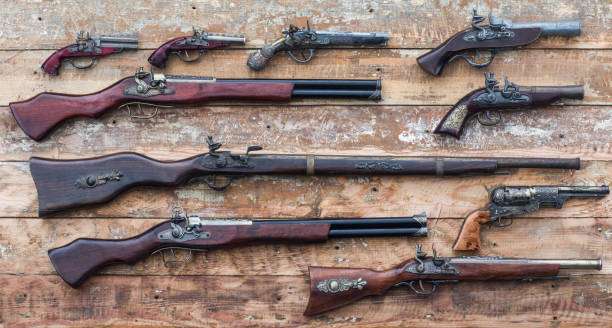
Collecting guns involves plenty of responsibility. You have to be cautious not only for yourself but for the people around you.
Gun Storage
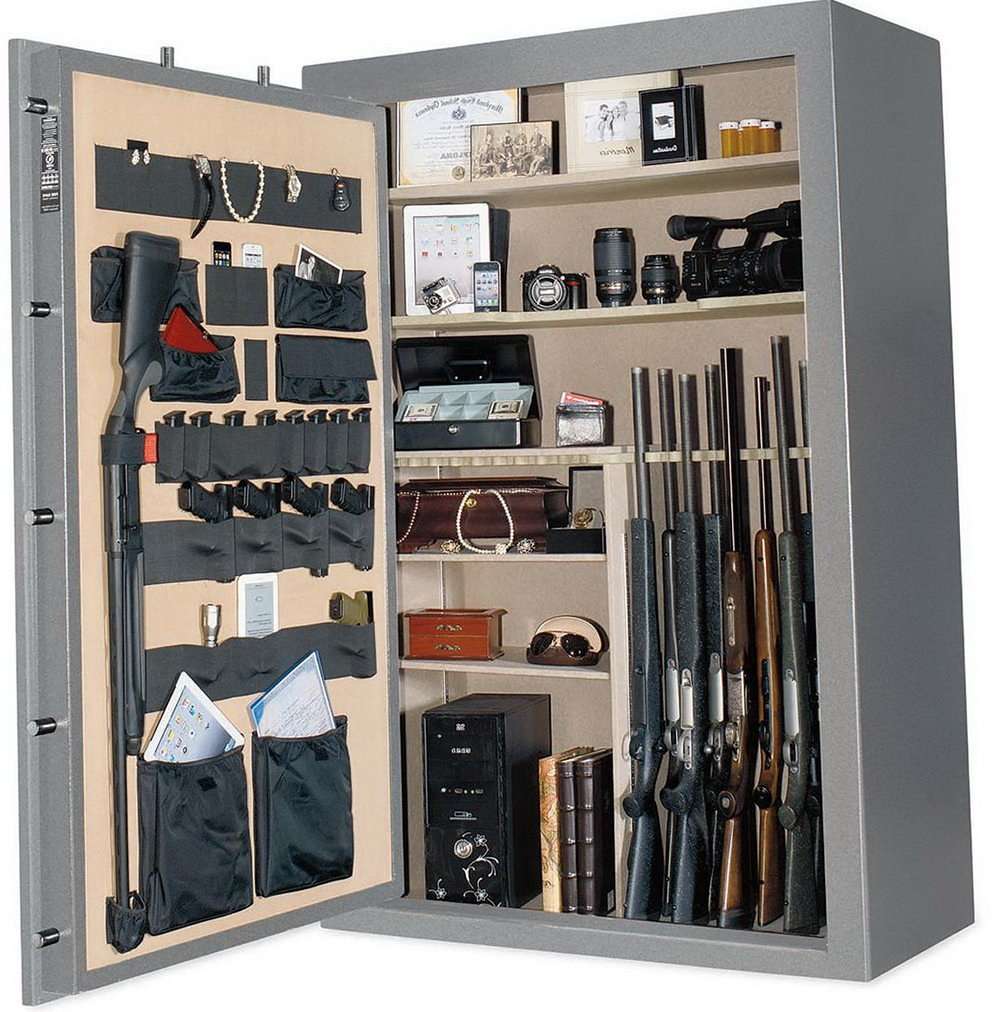
If you’re buying a gun for home defense, store it someplace safe but accessible. Getting a gun safe is the best option. You can choose between a biometric gun safe or a traditional one. These safes are designed to store firearms, so your guns are safe from moisture and other external factors that cause rust and corrosion.
It’s also important to consider a safe’s fire rating, because you’ll never know when a fire may break out. For a list of the best fireproof gun safes, check out this article.
Storing ammunition is as important as storing guns. To learn how to store ammo long-term at home, check out this article.
Safe Handling
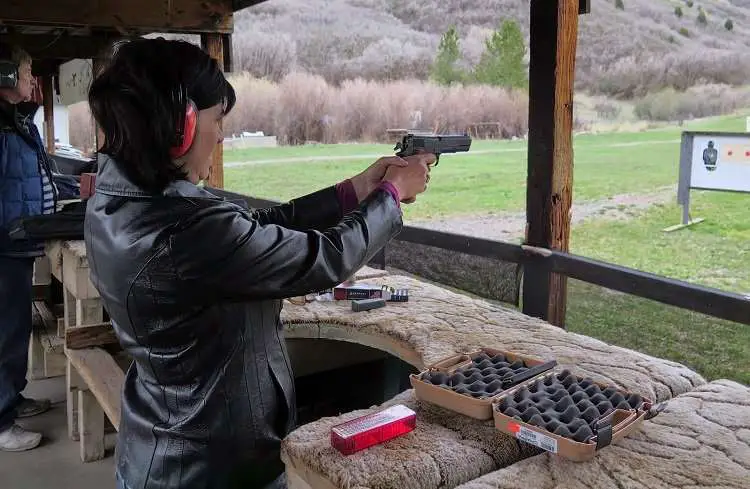
One of the first things you need to learn as a gun owner is how to handle it safely. Here are the basic gun-handling rules you should follow:
- Always treat your gun as loaded, even if it’s not.
- Never point your gun at anything you don’t intend to shoot.
- Always keep your finger off the trigger unless you’re ready to shoot.
- Always check your target and what’s behind it before pulling the trigger.
- Always point your gun in a safe direction.
Introduction to Guns
Gun Terminology
Let’s take a minute to discuss all the basic terms you need to learn, so you can sound like a pro in no time!
Cartridge
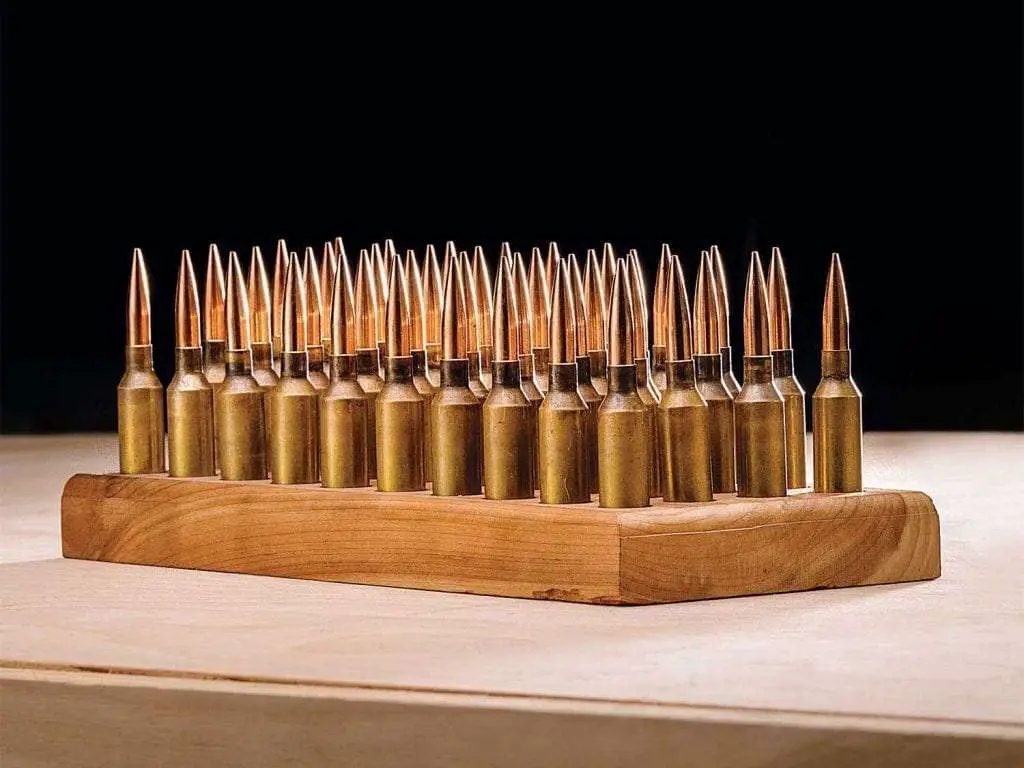
A cartridge is what a single round of ammunition is called. It has four parts – cartridge case, primer, propellant, and bullet.
Looking for a reliable self-defense cartridge? Check out our comparison on the .380 vs 9mm and our picks for the best .380 ammo!
Bullet
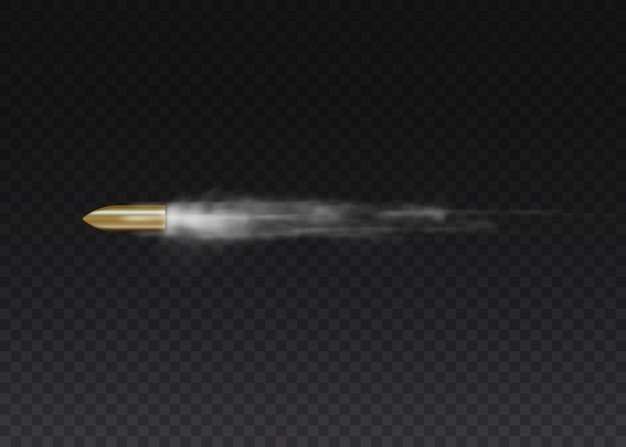
The bullet is the projectile that gets fired out of the gun and into the target.
Propellant
The propellant or the gunpowder is the explosive part of a cartridge.
Primer
The primer serves as a spark plug that ignites the propellant to expel the bullet.
Gun Parts
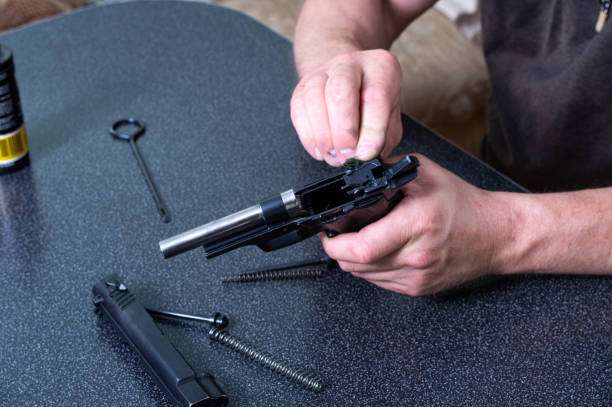
Every gun is built differently, some have parts other guns don’t have. If you’re not familiar with them yet, here’s a list of the most basic gun parts.
Barrel
The barrel is a long metal tube that guides the bullet out of the gun.
Barrels undergo certain modifications such as barrel fluting for weight reduction.
If you have a new firearm, find out if barrel break-in is needed from our latest article.
Grip
The grip is the part of a handgun or rifle (see best AR-15 pistol grip) where you wrap your hands around to shoot it. Get more details on proper gun grip from our post about limp wristing.
Magazine
The magazine is a container that holds the ammo. It’s spring-operated and is either detachable or fixed.
Safety Mechanism
The gun’s safety is a lever or button that can be turned on and off. When turned off, it stops the firing pin from hitting the primer so accidental firing is prevented.
Stock/Buttstock
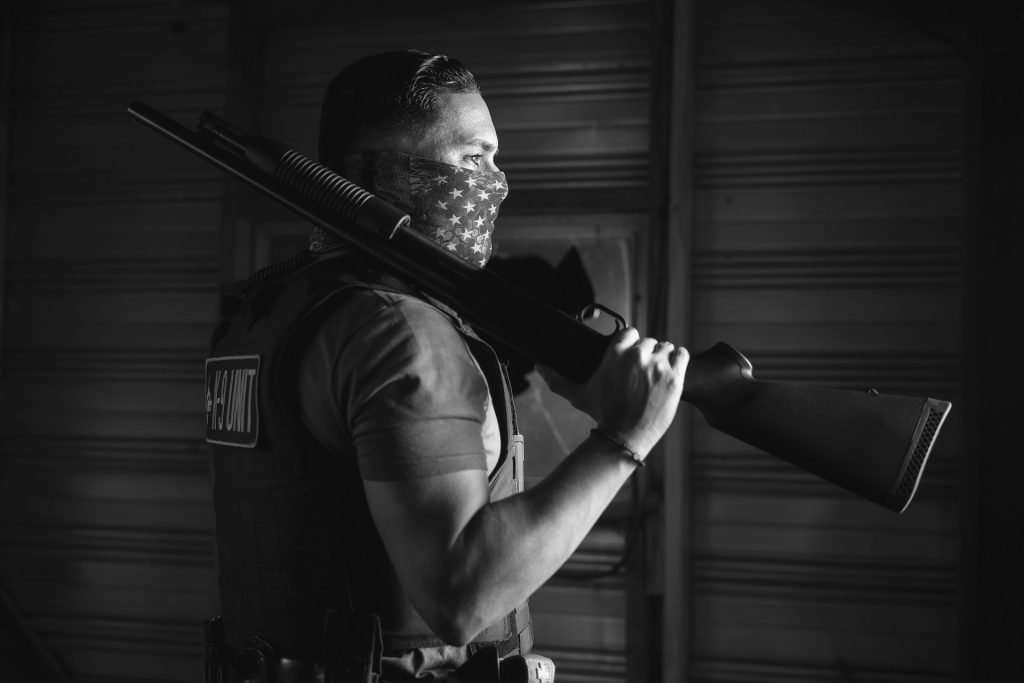
The buttstock is only found in long guns and is at the back portion. It is used to provide structural support to the rifle or shotgun during firing. The best AR stock will make a huge difference in your rifle’s overall performance.
Trigger
The trigger is a mechanical switch that causes the gunpowder to burn explosively when pulled, initiating the firing process. In modern guns, it causes a hammer to drop and strike a firing pin, which then hits a shell primer, causing the explosion that launches the bullet.
Check out our Taurus G2C trigger upgrade review for a list of the best triggers today!
You can also enhance your trigger’s performance. Learn how to improve Mil-Spec AR15 Trigger in our extensive guide!
Trigger Guard
The trigger guard is the part of the gun surrounding the trigger and helps to prevent accidental firing.
How Do Guns Work
A gun’s purpose is to accelerate the projectile so it can cause noticeable damage to the target.
Once the trigger is pulled, a piece of metal strikes the round on the primer, which then causes a small explosion inside the round.
This ignites the gunpowder in the round, causing it to explode so that the bullet at the end of the round is expelled from the casing and out of the gun barrel.
Aside from learning about gun terms, knowing shooting basics by heart is also a must. Start with our “introduction to shooting” articles:
- What is Scope Eye Relief and Why is it Important?
- Safety Tips for Gun Enthusiasts
- Guide to Long Range Shooting
- Gun Manufacturers
- Guns used in John Wick 2
- Guns used in John Wick 4
- Guns used by Special Forces
- Guns used in Yellowstone
- PSA PSAK-47 Review
Types of Guns
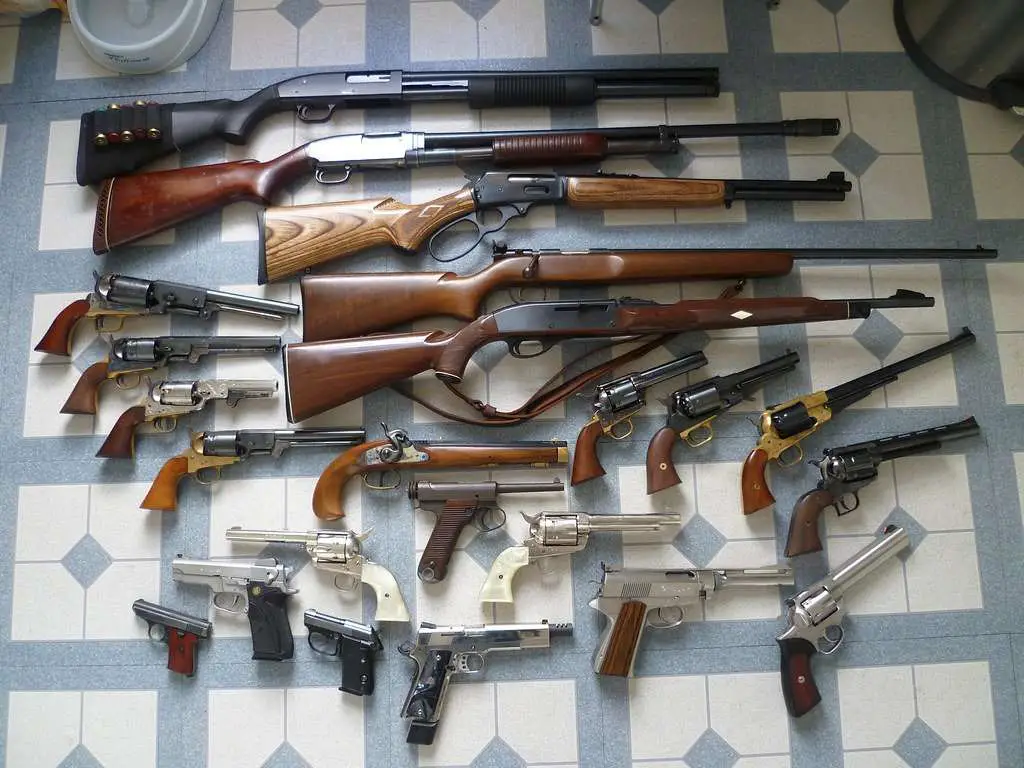
Now here comes one of the most exciting parts of learning about firearms – the types of guns. Guns vary in size and that is basically how they are classified.
Handguns
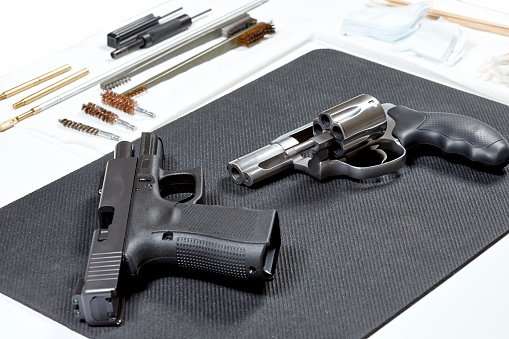
Handguns are small in size and can be held in one hand. They’re primarily used to shoot at targets up to 10 yards away. There are two types of handguns – pistols and revolvers. Some shooters prefer a pistol versus a revolver, and some like it the other way around. We’ll find out the difference in a bit.
Curious about what’s the best handgun ever made? Click on the link to find out!
If you’re a newbie looking to purchase your first gun, here are our recommendations for the best handguns for beginners.
Pistols
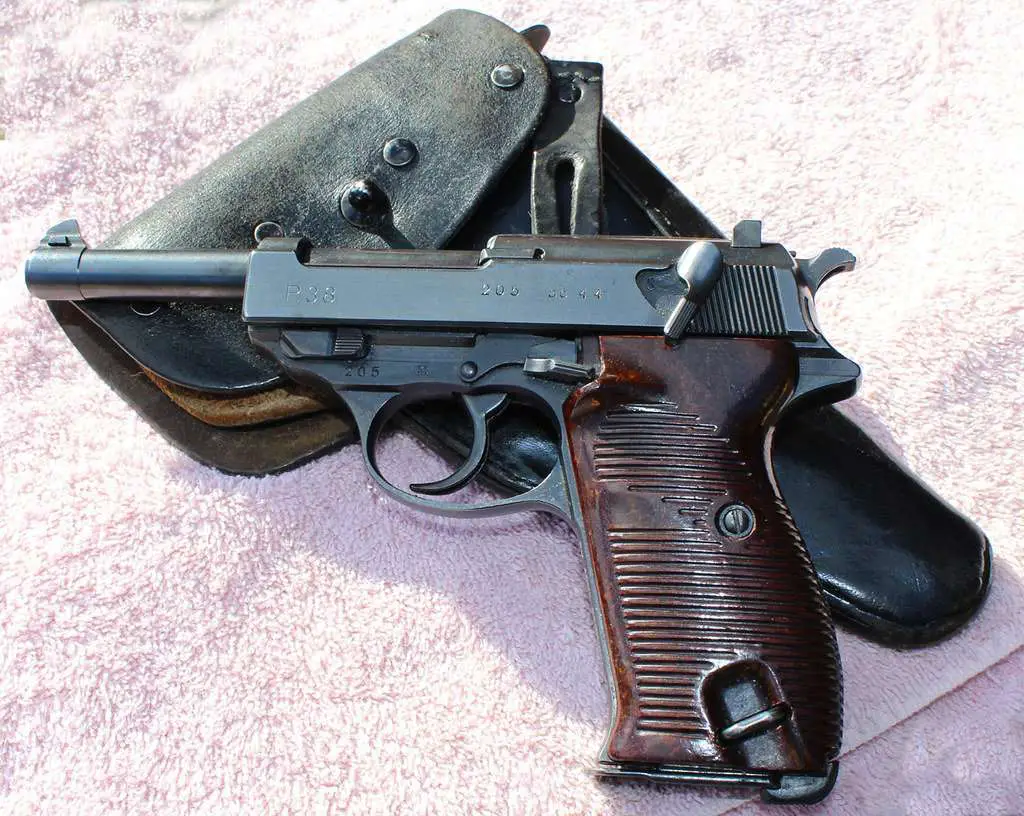
Pistols are the most common type of handgun. The gun action types for pistols are semi-automatic and single shot. We’ll get into details about these in a bit.
Pistols are categorized into two types. Make sure you know the difference between single stack vs double stack pistols.
Into classic pistols? You’ll love our FN High Power review and our recommendations for the best 1911 pistols.
If you prefer Glocks, you’ll love these articles:
Revolvers
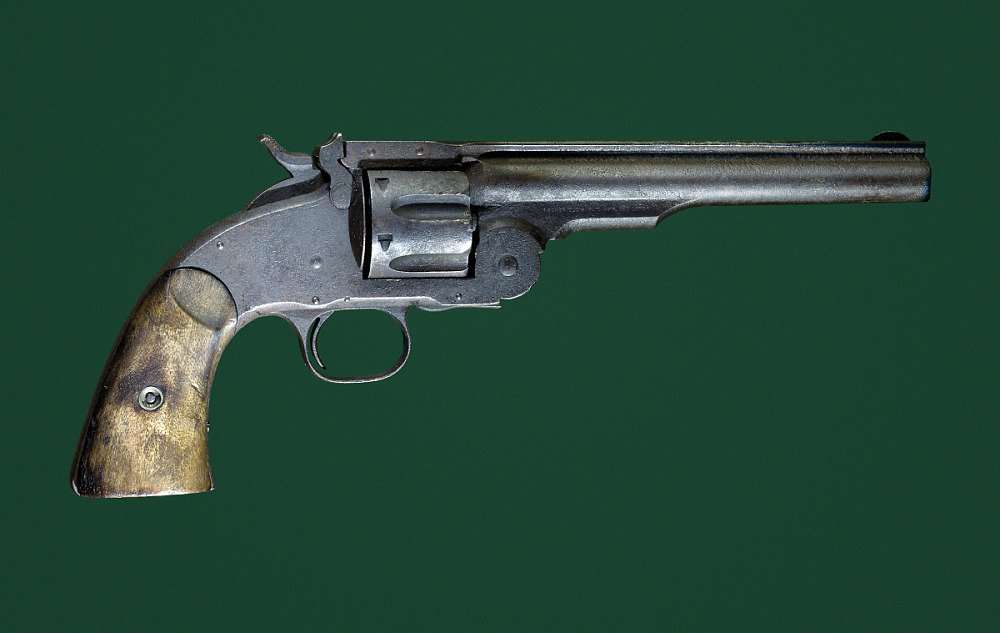
The revolver is a handgun with a revolving multi-chambered cylinder block where the rounds get loaded into. This revolving block then feeds the bullet into the gun barrel. Revolvers come in single-action and double-action setups.
Long guns
Long guns, as the name implies, are longer than handguns. There are two typical types – rifles and shotguns.
Rifles
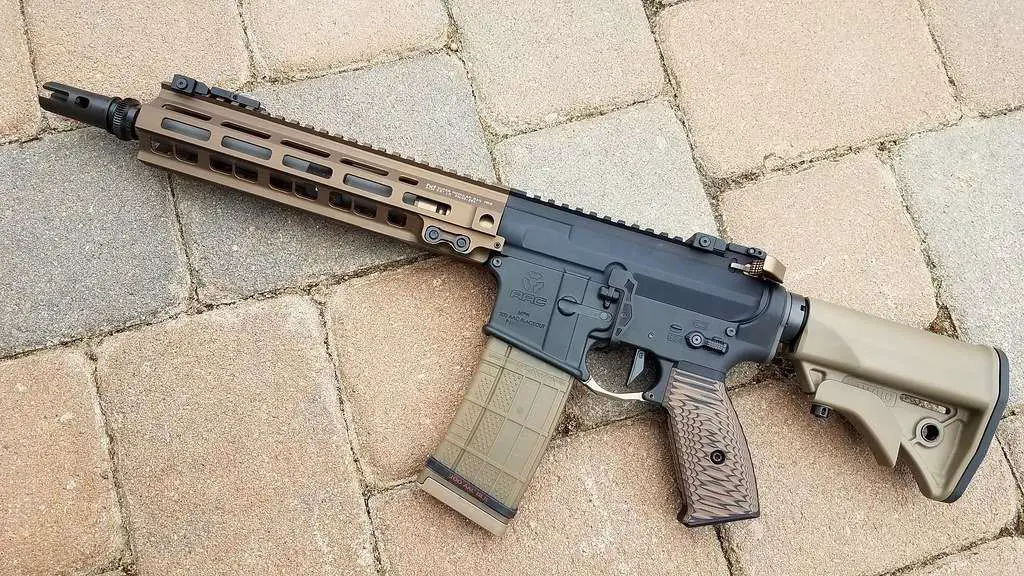
Rifles have long barrels and are held against the shoulder with both hands. They can shoot targets over 500 yards away. Here are a few reliable rifles for long-distance shooting.
Rifles have spiral cuts inside their barrel called rifling, hence the name. These grooves cause the bullet to spin as it travels down the barrel, giving it stability and better accuracy at extended ranges.
If you’re looking to customize your rifle, you can start with this affordable but reliable upper from PSA. Or if you’re a leftie, our article about left-handed AR-15 uppers should help.
Into air guns? We picked only the most reliable and the quietest air rifles in this article!
Shotguns
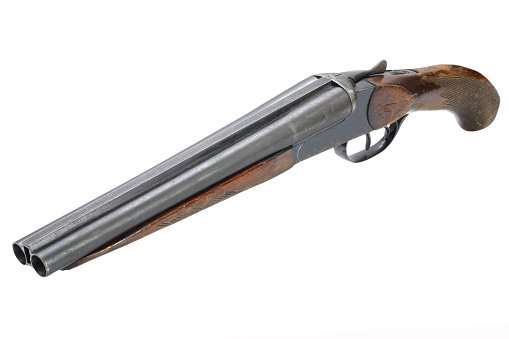
Shotguns also have long barrels and need to be held by both hands and can shoot targets that are up to 75 yards away depending on the shell used.
Shotguns shoot pellets instead of bullets in most applications. These pellets scatter upon firing, that’s why they’re also called scatterguns or pepper guns.
They can also be used to fire slugs or sabots that may have rifling on the projectile itself.
As a gun collector, if a full-sized gun doesn’t appeal to you, or if it’s difficult to acquire, you can always get replica guns. Learn more about shotgun gauges and calibers in our comprehensive guide!
Looking for an efficient but low-recoiling firearm? Check out the best 9mm carbine!
Common Gun Action Types
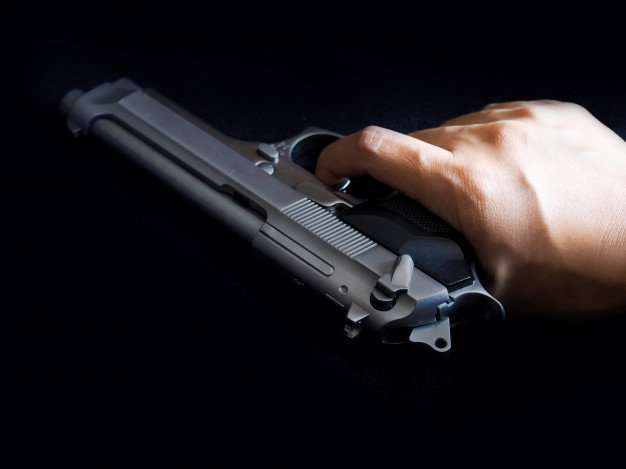
A gun’s action type defines how its trigger works, and how it loads and fires ammunition.
The first gun action category is based on the trigger function. There are two main types – single action and double action.
Single Action
Single-action triggers perform only one function upon pulling, which is discharging the gun. Because of this, the gun needs to be cocked back manually before firing. This trigger type is common on long guns and revolvers.
Double Action
A double-action trigger performs two functions. These functions are cocking and firing the gun. This trigger type is used on pistols and revolvers.
Many guns offer a combined SA/DA mechanism, giving the option to either fire the weapon in single action or in double action modes.
The following action categories are based on how rounds are loaded into the firearm.
Break Action
A Break Action gun involves separating the barrel from the firing mechanism with the use of a lever or a button to load the cartridges into the chamber.
Bolt Action
A Bolt Action gun involves opening and closing a breech bolt manually to load a round into the firing chamber.
Pump Action
A Pump Action gun involves sliding a grip under the barrel to eject the empty round and load a new one into the chamber.
Lever Action
A Lever Action gun involves the manipulation of a lever underneath the firearm and near the end of the receiver to eject and load new rounds.
What is a caliber?
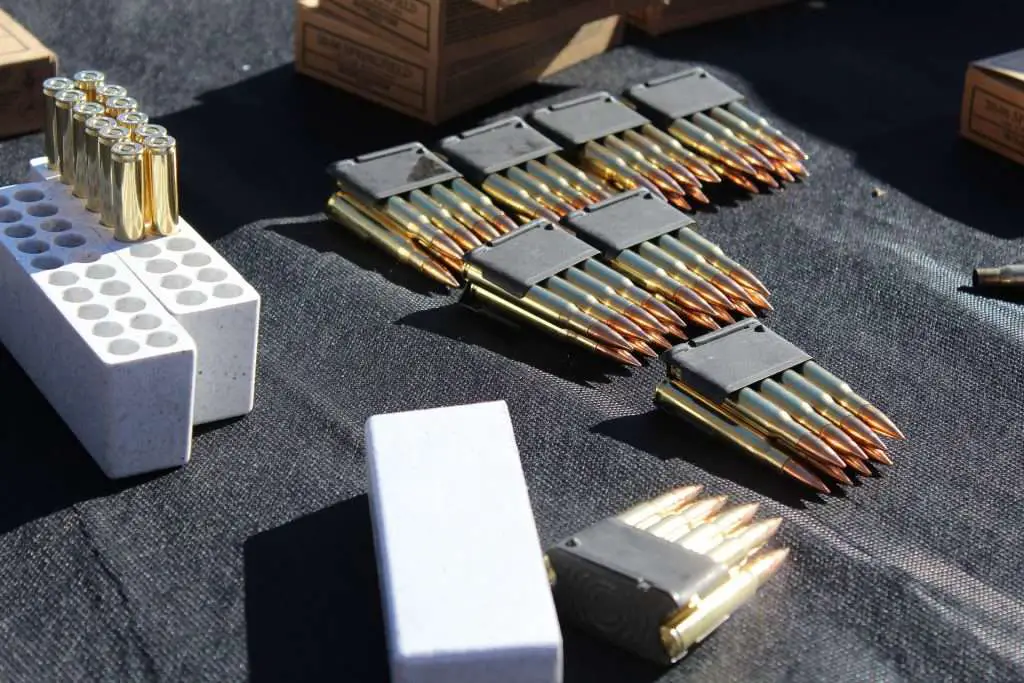
A caliber indicates the diameter of a gun’s ammunition as well as the inner diameter of a gun barrel.
For instance, a 9mm round has a diameter of 9 millimeters just as a 10 mm round has a diameter of 10 millimeters. Caliber is measured in metric (SI) and English units.
Round size differences have an impact on how far the bullet goes, its trajectory, and how much force the bullet retains downrange.
Pistols have more than 200 different kinds of calibers, while rifles have over 300 types of calibers!
Shotguns have only 8 calibers, the most popular being the 12 gauge and the 20 gauge calibers, but the 12 gauge is bigger, so the sizes run contrary to intuition.
What is an assault rifle?
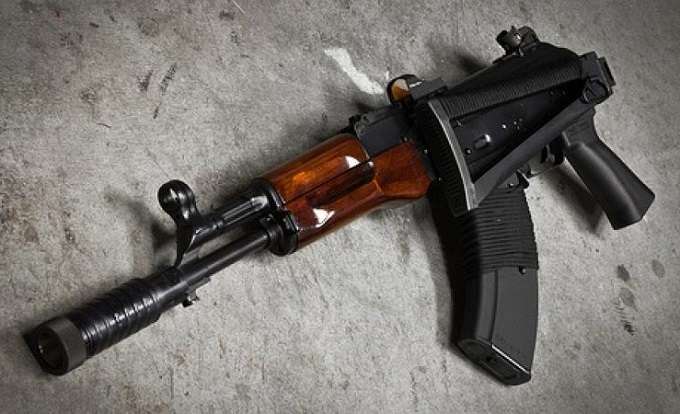
An assault rifle is a gun intended for military use and has the ability to switch from semi-automatic to fully automatic firing. The two most popular assault rifles are military versions of the AR-15 like the M16 and the AK-47.
An assault rifle uses shorter and lighter cartridges than other rifles. This allows the shooter to have more accuracy and have better recoil control than standard rifle cartridges.
We’ve listed the states with the highest NFA gun ownership, see where yours rank here!
Types of Gun Collections
Knowing which type of firearms you want is essential when starting a collection. If you haven’t decided yet, here are the types of gun collections you can choose from.
Antique
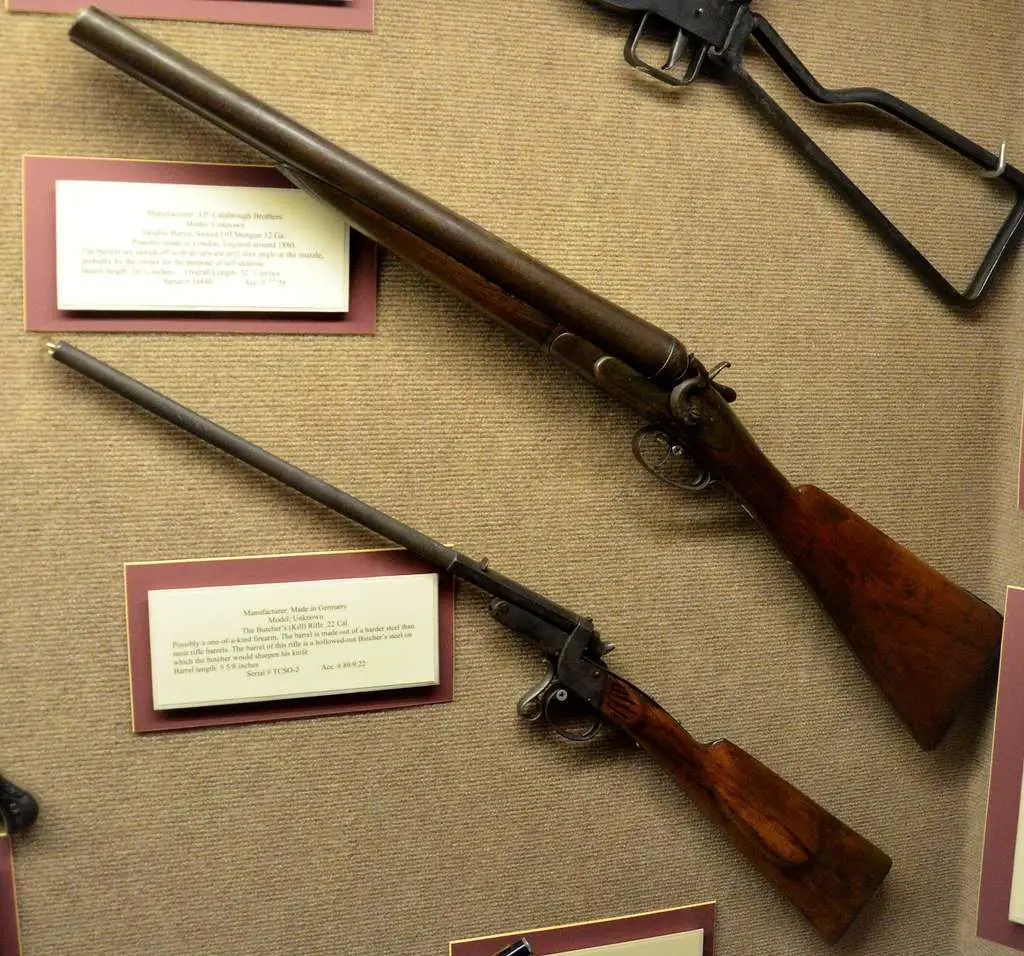
If you want to collect antique guns, you can start by getting the ones you find most interesting. You can buy one or two of your desired models and let your collection grow from there. As your collection grows, you can sort them by era, war, or country, so models of the same variety are grouped together.
Military

Military guns range from antiques to modern ones. This includes the most significant firearms used during the war or used by the most influential people in the military.
Modern
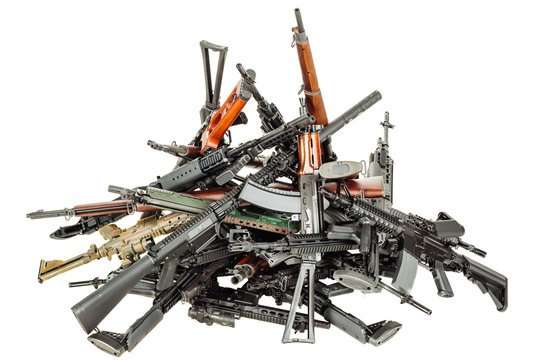
Some collectors love antiques, while some prefer modern guns. If you’ll be collecting modern firearms, do extensive research about them first; and be sure to buy only from reliable shops.
Investment
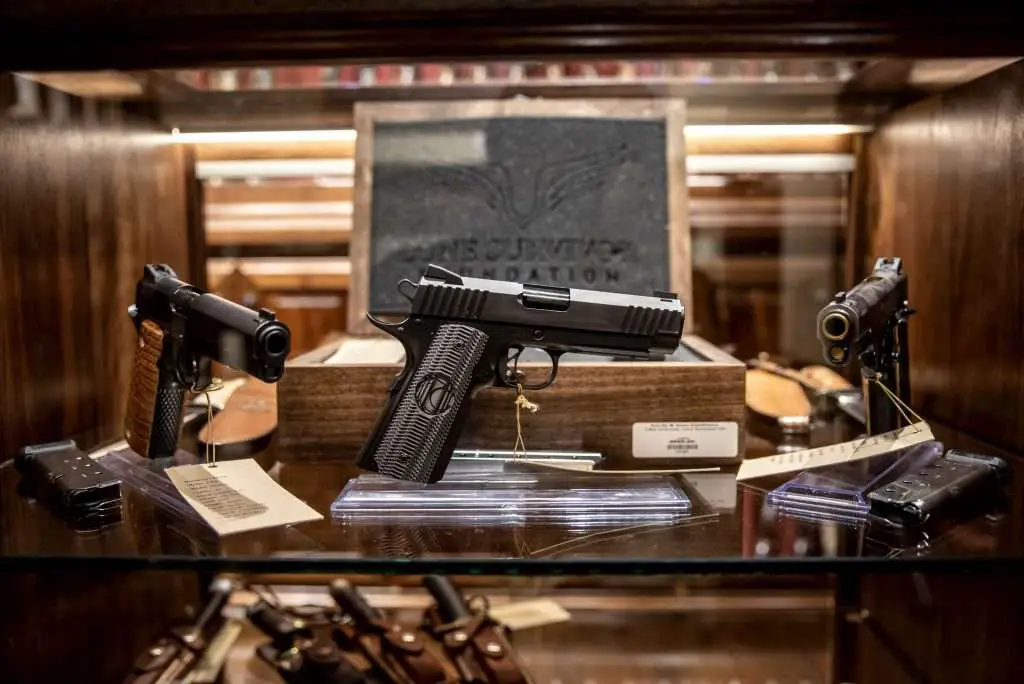
If you plan on collecting guns as a financial investment, you need to do proper research and gain expertise. For this type of collection, buying the rarest and most sought-after guns is the best way to go because their values increase over time.
Or, you can try to find weapons that may become more limited with future legislation and take advantage of the limited supply when that happens.
Personal Interest
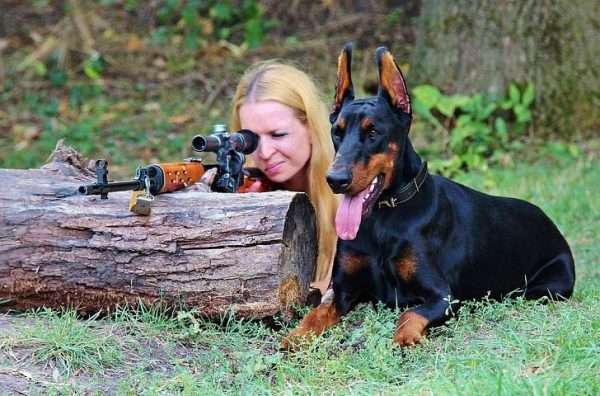
If you’re collecting guns as a hobby, or if you want to build a collection for hunting purposes, what matters most is choosing the firearm that suits your needs and preferences.
If you’re into air rifles, you’ll love our list of the best .177 pellets
Looking for a serviceable but affordable suppressor? Check out our Rugged Oculus 22 Suppressor Review!
If you need binocs to give you the edge at long distances, our article on the best night vision binoculars should help.
If you’re looking for a gift to give a gun enthusiast friend or loved one, check out our picks for different occasions:
Factors that Increase a Gun’s Value
Rarity
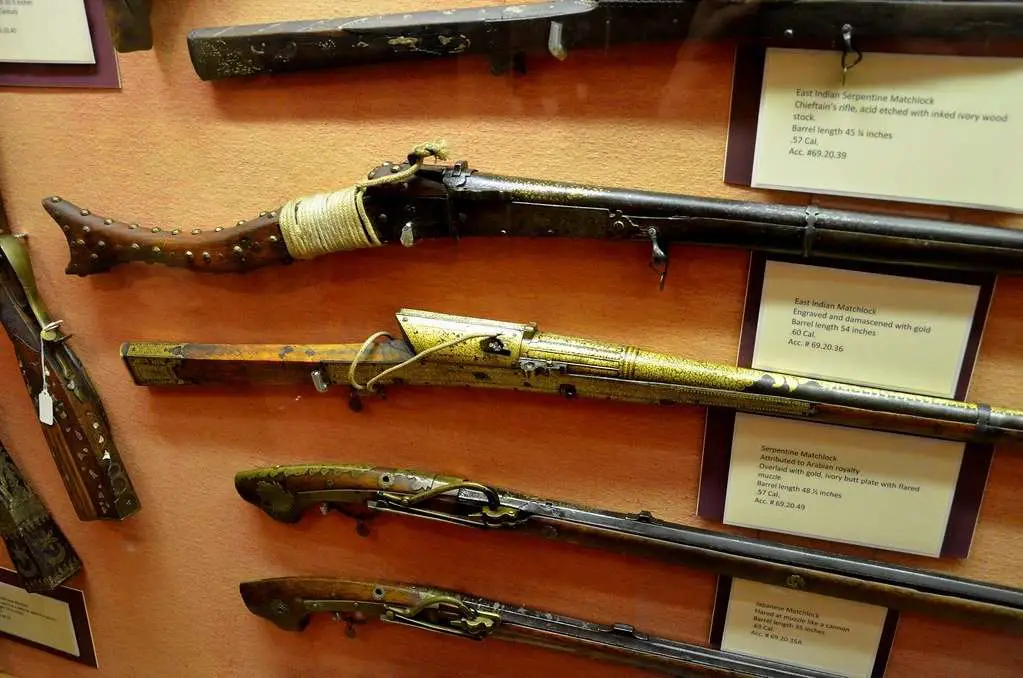
One major factor that increases a gun’s value is its rarity. A gun’s rarity is based on its unique features, its artistry, and the length of its production. Rare firearms cost a lot and are highly sought after by serious collectors. The rarer the gun is, the higher the value.
Gun History
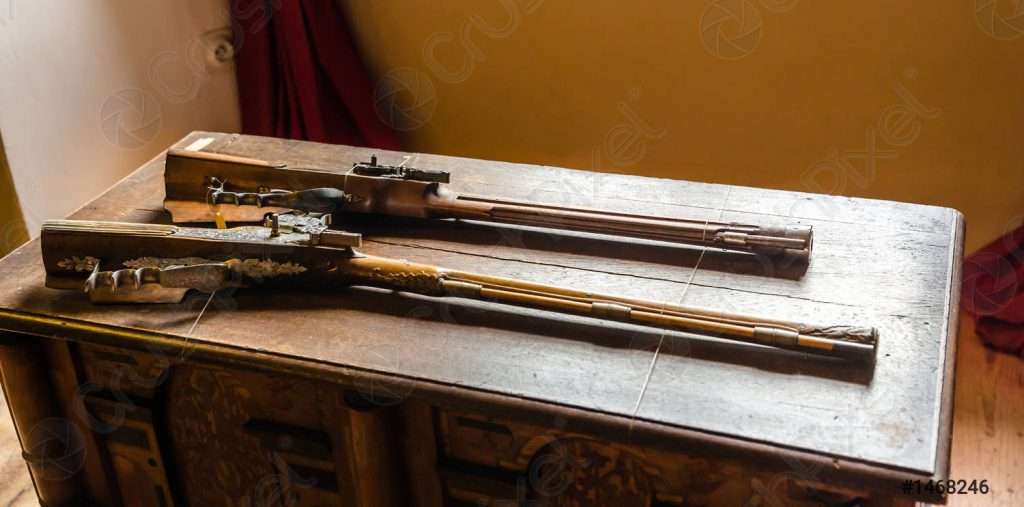
Another factor that increases a firearm’s value is its history. Gun collectors who are also history buffs love collecting firearms that were previously owned by famous military personalities or heroes. These kinds of guns are great investments because their values go up as they age.
Artistic Appeal
Guns with unique designs and engravings are also considered rare. You could say they’re a form of art even!
How to Buy a Gun
How to Determine Value
If you’re collecting antique guns, it’s essential to know how to determine a gun’s value. Aside from knowing a gun’s history, rarity, and artistic appeal, here are other factors that you should consider for you to have informed purchases.
Make or Model
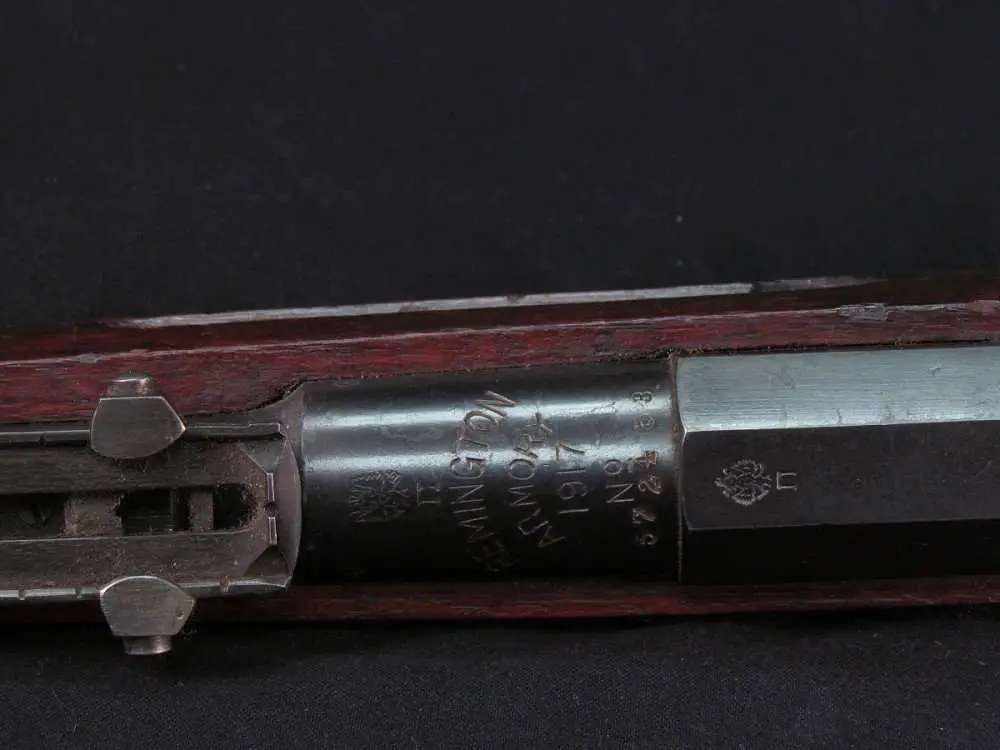
A gun’s brand name or model is one of the major factors that determine its actual value. For example, a Colt or a Winchester antique gun costs more than other models because they’re highly sought after.
Condition
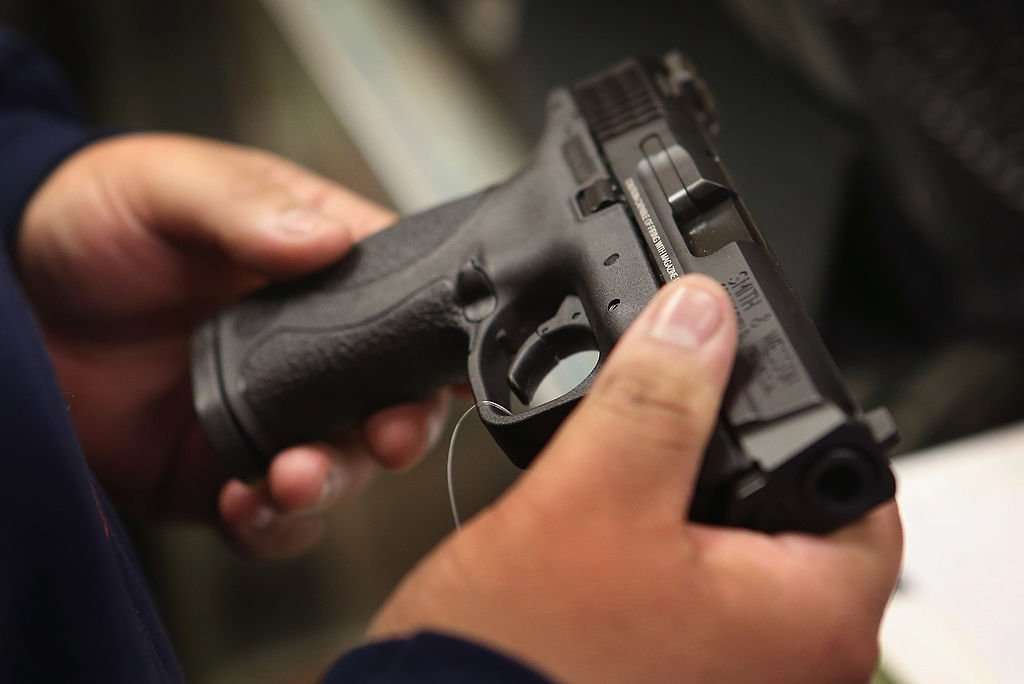
A firearm’s condition also plays an important role in determining its value. A guns’ value can double or decrease depending on its condition. Antique shops usually rate a gun’s condition through a percentage scale. This scale indicates how much of the original finish remains on the firearm.
If you want an AR-15, you can also assemble and customize your build by buying a separate upper or lower receiver.
If you’re looking for a guide for how to value guns, a guide like the Gun Trader’s Guide on Kindle will let you consult a great reference on your phone while you shop.
Understanding Gun Laws
If you’ve already started looking for places to buy your first gun – hold your horses! It’s critical that you understand the gun laws in your area or state. This way you won’t have any legal problems in the future!
Some states have laws on how to purchase guns and how to store them. So, make sure you’re familiar with your local laws before starting your collection.
Places to Buy
Auctions
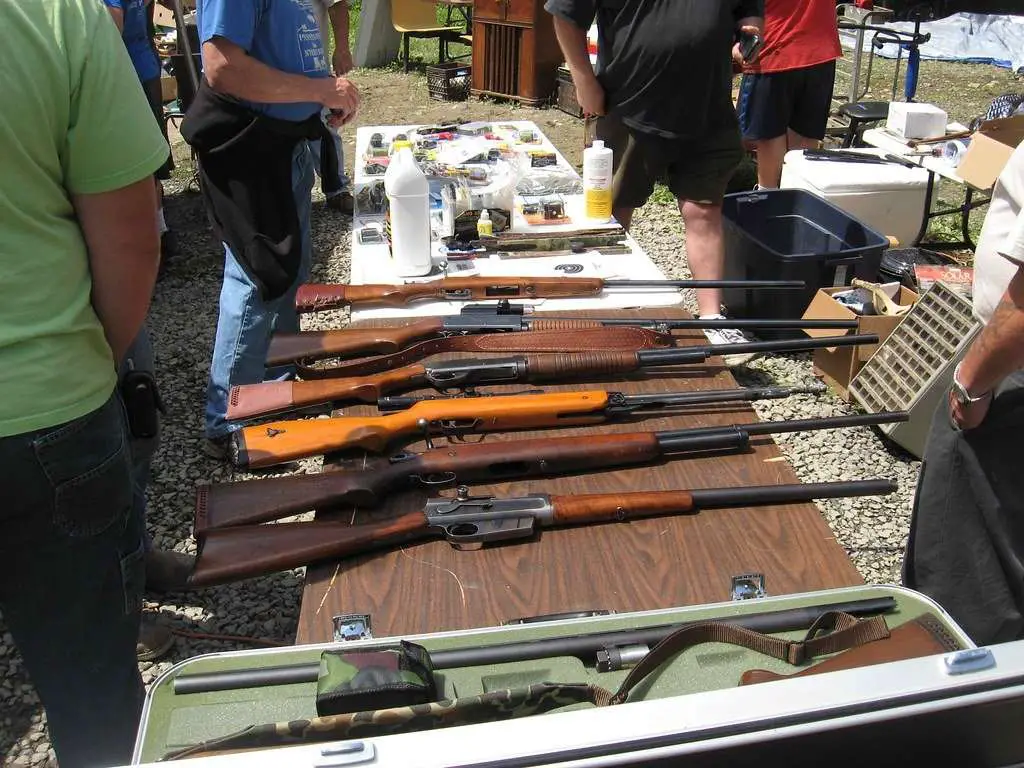
The rarest guns are usually sold at auctions. So if the gun that you’re looking for is only available at an auction, be sure to bring loads of cash.
Retail Gun Stores
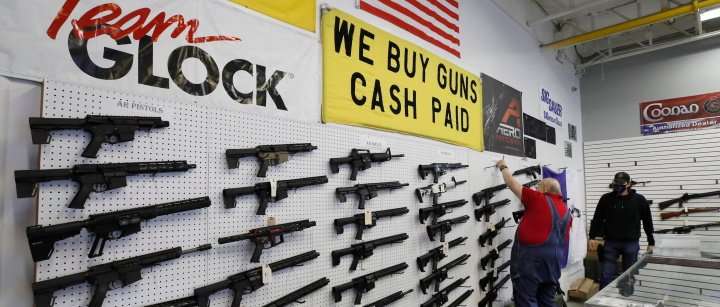
The most common place where you can get guns is a retail gun store. Buying guns from these stores is the safest choice because they’re officially authorized to sell by the gun manufacturers.
Pawn Shops
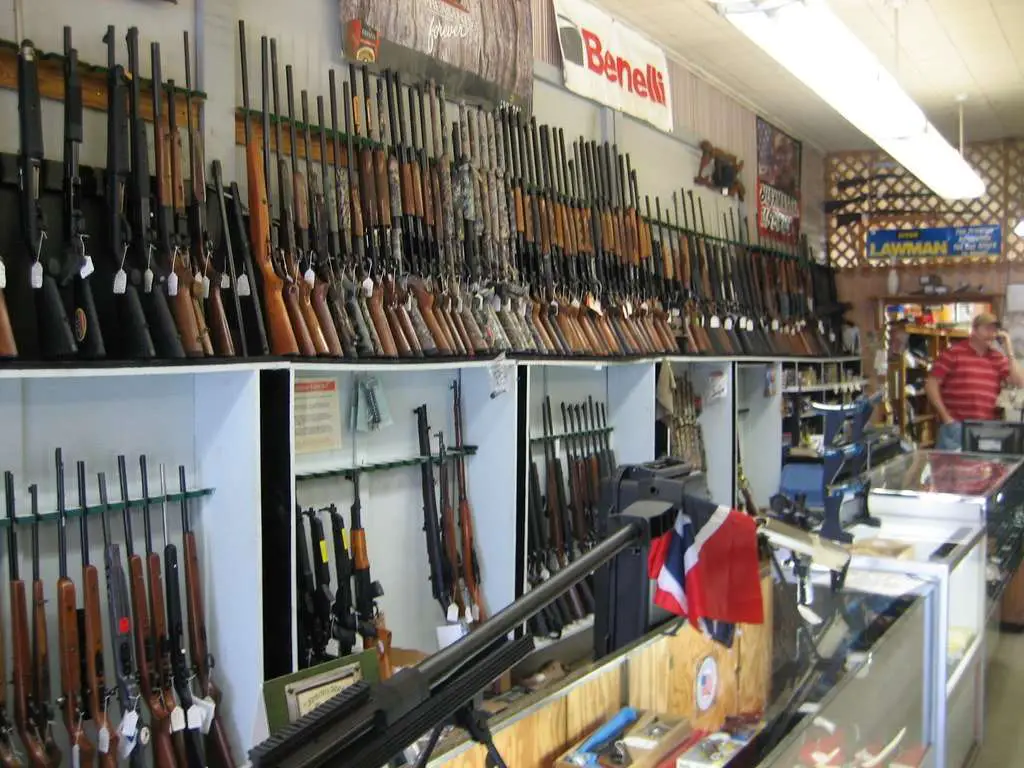
You can also find rare and antique guns in pawn shops. But be extra cautious when making purchases from them. Conditions can vary and the weapons may be sold as-is with little recourse if you discover a problem later. Inspect the gun properly, disassemble it if needed, and ask for necessary documents from the pawnbroker.
Final Thoughts
Now that you learned everything about guns, we’re sure you’re excited to make your first purchase. But before you do that, here’s a piece of advice. When it comes to collecting guns, quality prevails over quantity. Because a few high-quality guns are worth more than a hundred low-quality firearms. You can also start learning how to mount a scope for increased accuracy.
Above all, have fun, and welcome to the club!
Looking for the best single-stack 9mm for your concealed carry? Check out our S&W Shield 2.0 review!
Are you a competitive shooter looking to join a 3-gun competition? We put together an article where you can find the best 3-gun competition blogs!
Want to master shooting tactics? Check out our article with the best shooting tactics blogs!
Want a refresher on long-range shooting or just looking for the latest gear on long-range shooting? Check out our article about the best long-range shooting blogs!
